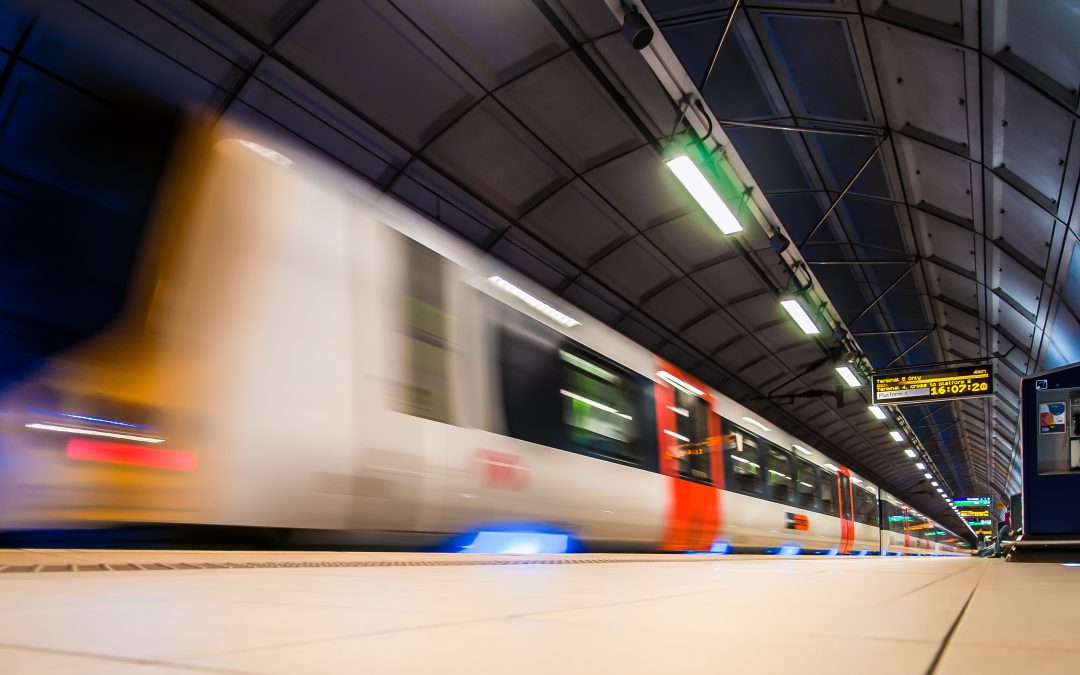Europe must take decisive steps to simplify and modernise its rail systems to strengthen competitiveness,...
Main benefits
- Radial steering and active suspension systems make train running gear more efficient and reduce the negative impact of vehicles on the track
- Innovative health monitoring systems enable maintenance based on real-time data for running gear and track
- Light weight and optimised materials improve running gear performance as well as wear and damages of wheels and rails
- Reduction of noise and vibration emission for a better rail environment
- Advance virtual certification of vehicle dynamics reduce cost and effort to take vehicles into operation.
A new generation of running gear for trains reduces wheel and track maintenance costs and downtime while improving the travelling experience. In this quest, Shift2Rail-funded engineers are developing smart features for wheels, axles, suspension systems and frame components, some of them deemed available in the market from 2021 onwards.
Shift2Rail’s solutions for running gear will contribute to cost reductions of up to 20 % for maintenance, contributing significantly to decreased overall system cost of the railways.
The challenge
“Running gear” establishes the connection between the train and the track and include the vehicle’s wheels, axles, bearings, suspension systems and structural components.
Current commercial running gear systems do not fully use to the extent of what is possible smart features that could help reduce the life cycle costs of trains and tracks. The next generation of running gear solution needs to deliver reduced infrastructure / wheel wear and damage, whilst providing higher reliability and availability, with lower maintenance costs. This challenge is made greater by the need for increased high-speed stability, excellent curving performance, improved comfort and optimised systems for both airborne and structure-borne noise.
The solution
As a first step, Shift2Rail projects defined methodologies to improve the performance of running gear. New features as the use of new materials, new regulatory frameworks or methods for computer-powered virtual certification of new components will lead to cost savings in the development and deployment of the future smart running gear.
Within the Shift2Rail initiative, engineers have improved the performance of the main parts of a train’s running gear:
- On frames components, teams have manufactured prototypes and test samples to develop components made of steel additive manufacturing and carbon fibre reinforced plastic


The new lightweight antenna supporting element (“Antenna Beam”) with a weight of only 13 kg contributes to the overall weight reduction of bogie components while easing assembly and maintenance work.
- Lighter and more resistant wheels than those currently used are under test validation at Nuremberg subway

The Spoked Wheel, which will be available to the market after 2021, provides a reduction of weight in this Metro application of app. 10%.
- In addition, significantly lighter new designed bogies are now under validation for Madrid’s Metro
The chosen approach consists of a single axle running gear with in-board bearings: A single axle running gear will deliver significant weight savings of 20 % per axle. The concept of single axle running gear will influence the whole vehicle. In total 400 kg/m weight savings on vehicle level is expected. This means that a 100 m vehicle will be 40,000 kg lighter. The reduction comes mainly from less axles and less propulsion packages.

Multi-Body-Simulation model of the single axle running gear. The wheelset is without suspension connected to the frame, which is connected to the carbody with several coupling elements (highlighted).
- In order to maintain running gear in a smarter way, S2R projects created system requirements and architectures to implement sensors and data processors in the rolling stock.

CBM data processors and sensors: General view and details of internal main components of a 4 channel wireless node.
First tests of theses sensors conducted in Metro Barcelona (Spain) and NS (Holland) during 2019 showed a correct behaviour under severe electromagnetic and mechanical solicitations. The synchronisation of the whole sensor network (wired and wireless) fulfilled the requirements stated when defining the Health Monitoring System architecture. This will lead to the foreseen reduction of running gear associated inspection and maintenance and will contribute to a maintenance cost reduction of up to 20%.
A smarter design will also impact track maintenance, extending the tracks’ lifetime and decreasing need for maintenance through on-board track condition monitoring in real time. This will result in higher availability and reliability of the line, reducing train cancellations and delays for the benefit of all passengers.
















